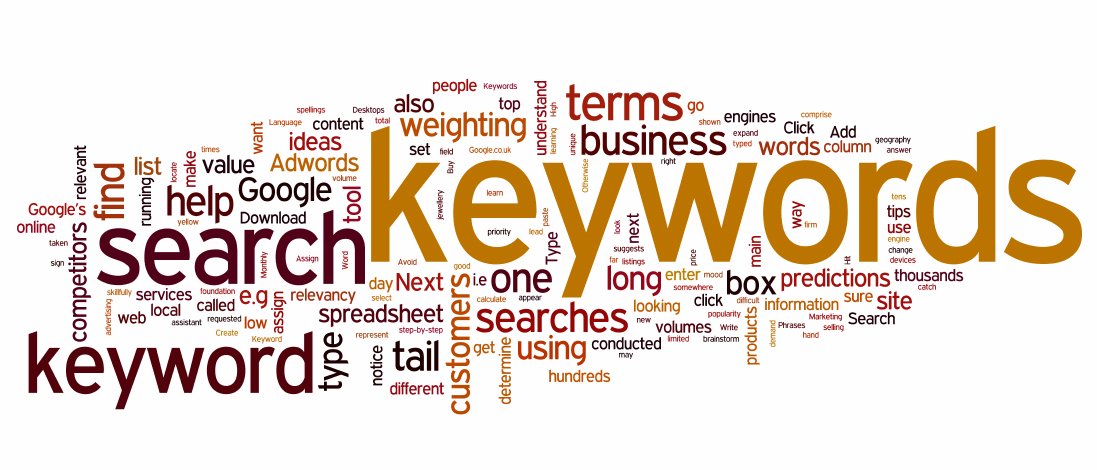by Kimberly Eugene, 04/20/2023
PPC? CPC?? CPA?! Honestly, there are several scary-looking pay-per-click acronyms that can seem intimidating to marketers at first glance, however, they merely represent the different metrics that publishers and advertisers utilize to help better market their media content. Gaining an understanding of the risks and benefits of each PPC strategy will grant marketers new perspectives on optimizing their media content.
There are three main bidding strategies used on the Google AdWords platform: CPC, CPM, and CPA.
Bidding strategies explained.
CPC, or cost-per-click, is the rate websites charge advertisers for every click an ad receives. It is typically used by performance advertisers who want to focus on direct response campaigns. The great thing about this strategy is it can collect data on visitors who clicked on certain ads to better understand what deals they should invest in in the future. However, publishers must have a complete understanding of their audience in order to put the right ads on the right web pages so people will click on them.
Next is CPM, or cost-per-mille ("thousand" in Latin) impressions. This metric measures the cost of every thousand media impressions. It isn’t usually the main KPI, but it does tell a lot, like if you are bidding too high or if there is extensive competition in the market. However, it is mostly used for brand awareness and getting eyes on a site.
Finally, CPA, or cost-per-acquisition, is where the advertiser only pays when the user completes the transaction — whether it be a purchase, trial, download, etc. — through an ad on your website. It is usually the main KPI of your direct response campaign and is similar to affiliate ads. It is the worst option for publishers due to the high risk but has the least amount of risk for advertisers as well as the highest reward.
Examples of PPC strategies being used effectively.
These strategies are used best by those that have clear goals for their content. It’s hard knowing which route to take when you don’t have an intended destination. Choosing the appropriate strategy starts with understanding what information we can gather from each strategy and tailoring our content for the desired outcome.
The figure above reveals a breakdown of Google's top advertisers of 2011 in terms of money spent on ads. Paying per click for keywords such as, “Zumba dance DVD” and “Proform treadmill”, which were the two most commonly used keywords costing $5.18 and $3.80 respectively, the retail and general merchandise industry provides clear examples of why companies should be utilizing PPC ads.
In 2011, Amazon spent 55.2 million USD on Google advertising. This budget kept growing, and by 2018, Amazon was spending approximately 22.8 million USD per month on Google AdWords (Skovhøj, 2021).
Companies who are spending millions on PPC ads for these keywords every year are doing so because they know that the returns on their investment will be well worth it.
Kimberly Eugene - Content Marketing Specialist
Owner of PRTYNVRNDS LLC
Futuristic | Strategic | Developer | Positivity | Relator
prtynvrnds.business.blog
References:
Edwards, J. (2012, January 23). Here's the list of Google's biggest advertisers. Business Insider. Retrieved April 20, 2023, from https://www.businessinsider.com/googles-biggest-advertisers-are-also-its-enemies-2012-1?r=US&IR=T
Kim, L. (2021, November 18). What industries contributed to Google's $37.9 billion in 2011 revenues? WordStream. Retrieved April 20, 2023, from https://www.wordstream.com/blog/ws/2012/01/23/google-revenues#5%20Things%20the%20Google%20Revenue%20Data%20Tells%20Us%20About%20the%20US%20Economy
Skovhøj, F. Z. (2021, August 19). How Amazon uses google ads to its advantage: Secrets to Amazon Success. Clerk.io. Retrieved April 20, 2023, from https://www.clerk.io/blog/how-did-amazon-use-google-ads-to-its-advantage-business



